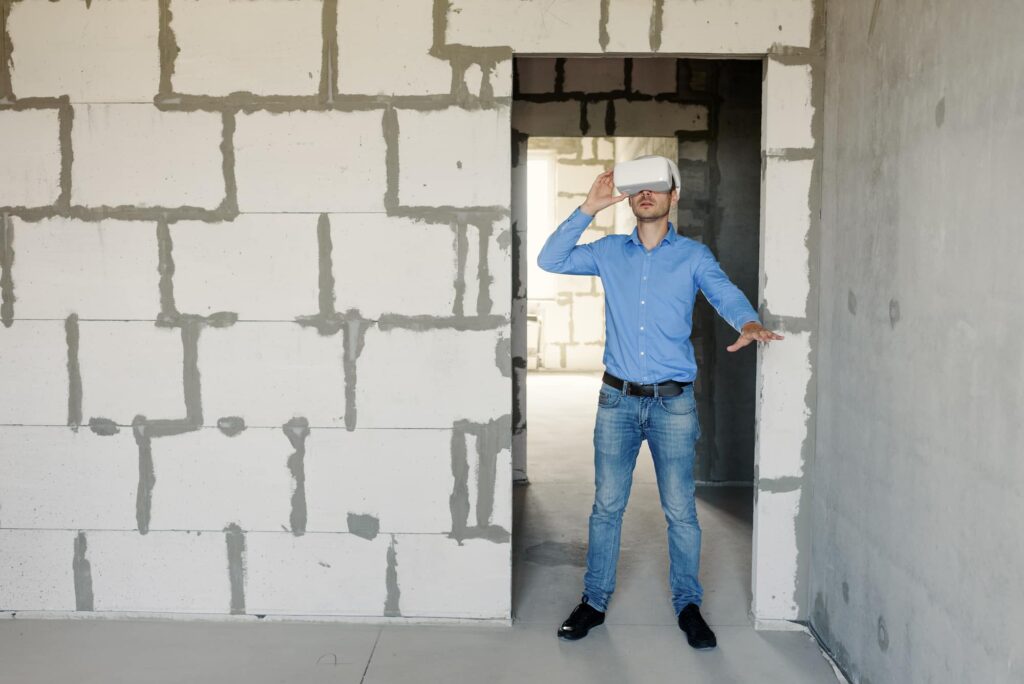Virtual reality is here with a bang
And it’s influencing every sector in its wake. Early adopters like gaming and entertainment have been significantly transformed by the groundbreaking technology and are serving up immersive experiences like never before.
As VR expands its reach beyond these industries, one sector that’s increasingly feeling the heat is construction. This is primarily being encouraged by the widespread use of Building Information Modelling (BIM), which essentially requires builders to model proposed projects in 3D before construction commences. Although traditional forms of 3D modeling are ostensibly adequate, VR enables developers to interact with the design, spot inaccuracies and introduce amendments in a way that other methods simply cannot. With virtual reality, builders not only get to render the structure in 3D but also work in it as they would in the real world.
This article discusses VR’s current grip on construction, the benefits of its application and its preempted impact on the future of the industry.
Virtual reality and 3D modeling
Architecture and engineering professionals use BIM models as representations of what the structure should be, after construction. Comparing the physical work to the model is an effective method for upholding consistency and catching discrepancies.

Virtual reality takes 3D modeling to new heights by giving designers the opportunity to work with vivid and lifelike structures, instead of the age-old scaled mock-up models. Professionals are employing drones and laser scanners to gather information about a project site, which they’re then using to create VR models.
In addition to being more practical when compared to physical scaled models, VR representations are easier to create and also simpler to remodel to confer with the day to day changes on a project.
Want to know more? The future of construction – BIM
Another benefit is the accuracy of VR mapping, which is almost impossible to achieve with a physical model. Virtual reality applications can ingest and visualize complex datasets to synthesize geospatially accurate maps for contractors to use in designing, building and renovating.
Virtual reality and collaboration
Realizing a construction project is to an ever-increasing extent, collaborative. Coming up with the initial design, for instance, requires the active participation of not just the contractors, but the clients as well.
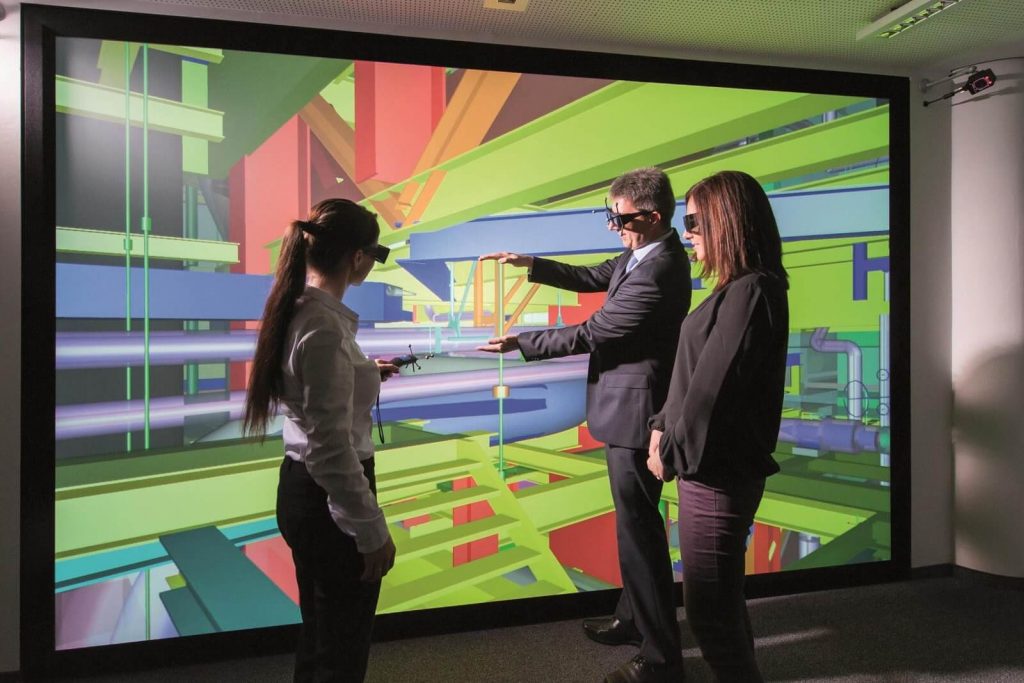
A good example is in the building of modernized hospitals, where construction companies are giving doctors and nurses VR headsets, with which they can visualize the layout of the proposed structure and provide valuable input on details like where hospital beds and equipment should be placed.
Virtual reality brings the vision of a client to life and gives them the chance to express their ideas during the pre-planning stages. When all collaborating parties can interact directly with the proposed concept, misunderstandings, errors, and unwelcome surprises are less likely to occur.
Virtual reality and customer experience
One area that is significantly experiencing the positive impact of VR is the consumer real estate market. Developers selling houses off plan are using virtual reality to bring homes to life and give prospects a unique buying experience.
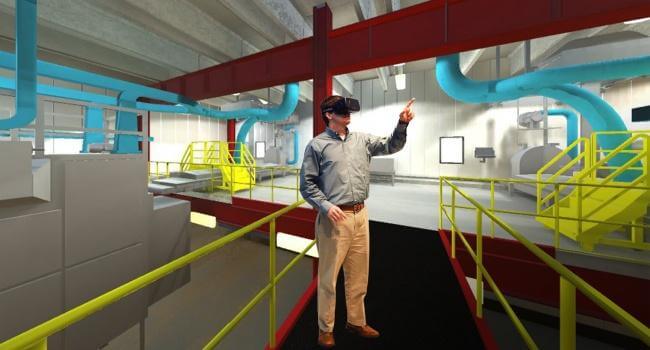
The “try before you buy” notion was practically impossible in real estate, especially when selling property that’s yet to be constructed. With VR, however, developers are effectively bridging the gap between 2D plans and mock images and the finished product. Buyers can, therefore, walk around their future home, change curtains, apply new coats of paint, and bring in furniture, all facilitated by a VR headset.
Virtual reality and professional training
Flight simulations and virtual medical surgeries are well-known and successful applications of VR, but unsurprisingly, the technology is making its way into construction.
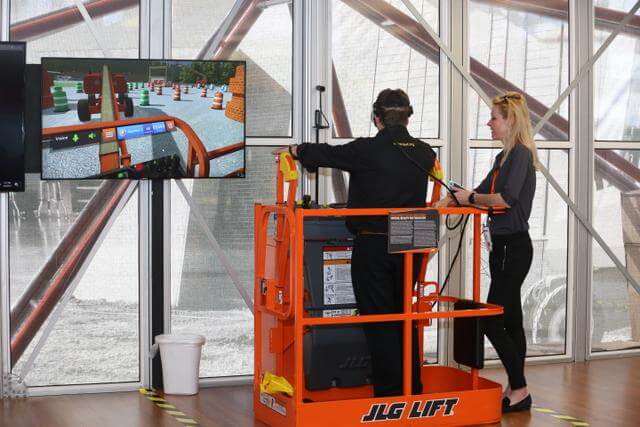
Simulation training in any technical field comes with numerous benefits. For starters, although simulators are expensive, they’re a lot cheaper than training with real equipment. It’s also much safer to train professionals such as tower crane operators with modern VR equipment than the actual machinery.
Most engineering and architectural students graduate having never worked or even visited a construction site. Virtual reality is gradually proving to be an intuitive and safe way to prepare them for the real world.
What’s next for VR in construction?
Virtual reality has been in the news since last year when the HTC Vive and the Oculus Rift brought the technology to the consumer’s doorstep. The construction sector wasn’t the first to embrace virtual reality, but we’re here nonetheless.
As it stands, however, not many construction firms are exploiting the full potential of VR, and one of the main obstacles is public perception. Gaming is solely responsible for making virtual reality mainstream, but now that the technology is working to branch out, professionals will need to look at VR more as a tool than a toy. Similarly, customers in the real estate market must be more willing to try out a VR headset for a glimpse into what they’re buying, no matter how childish it may seem.
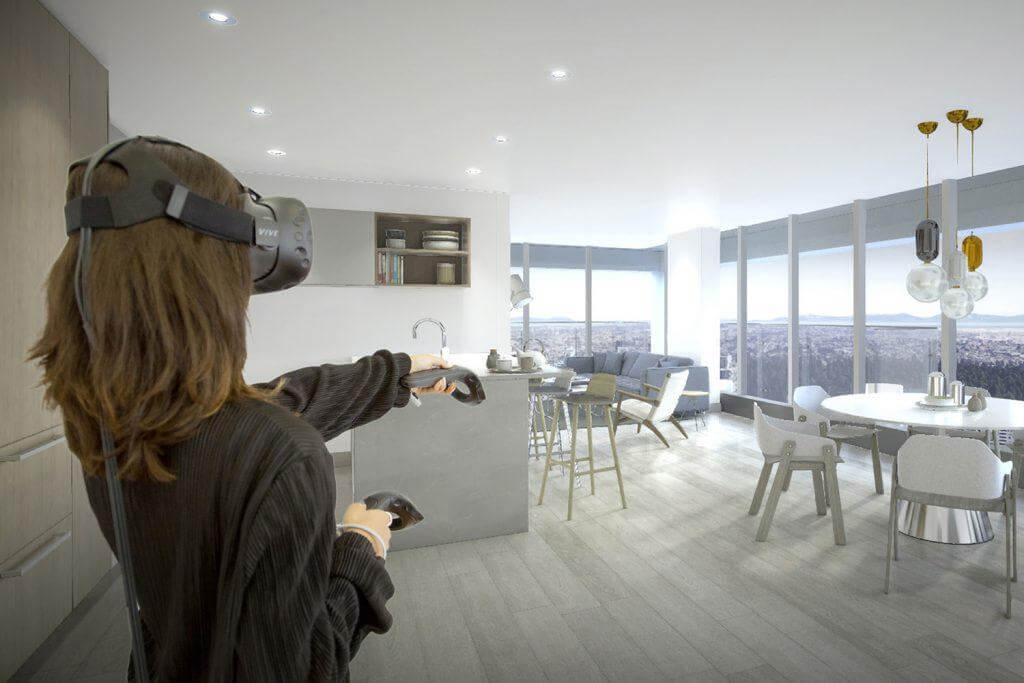
Next on the list of challenges is the costly entry point. Purchasing high-end VR-ready computers and VR headsets to facilitate design, construction and sale operations will eat quite a bit into a firm’s operational costs. And that’s excluding the additional cost of hiring or training a workforce that’s conversant with the technology.
Nevertheless, VR is advancing at a breathtaking rate, and things are bound to get cheaper in the coming years. Experts anticipate virtual reality to be the norm in the future, just like today’s computers and smartphones, which means you likely won’t need to train your staff on the basics of VR.
And speaking of smartphones, future gadgets will probably be powerful enough to support sophisticated virtual reality renders, so clients won’t have to drag computer cables around while exploring their prospective properties. Mobile VR can also be used to extend application outdoors, such that buyers can walk or drive around the neighborhood, visiting virtual day cares, schools or malls. It all sounds ludicrous, I know, but it’s possible.
Another developing trend is the merging of augmented reality (AR) and virtual reality to potentially revolutionize the construction industry as we know it. AR could replace laser tripod scanners in mapping project sites and create templates for VR models in real time. The presumed goal of this impending merger is to make scanning and rendering so smooth and effortless that construction crews can do it daily, establishing a tight feedback loop around quality control.
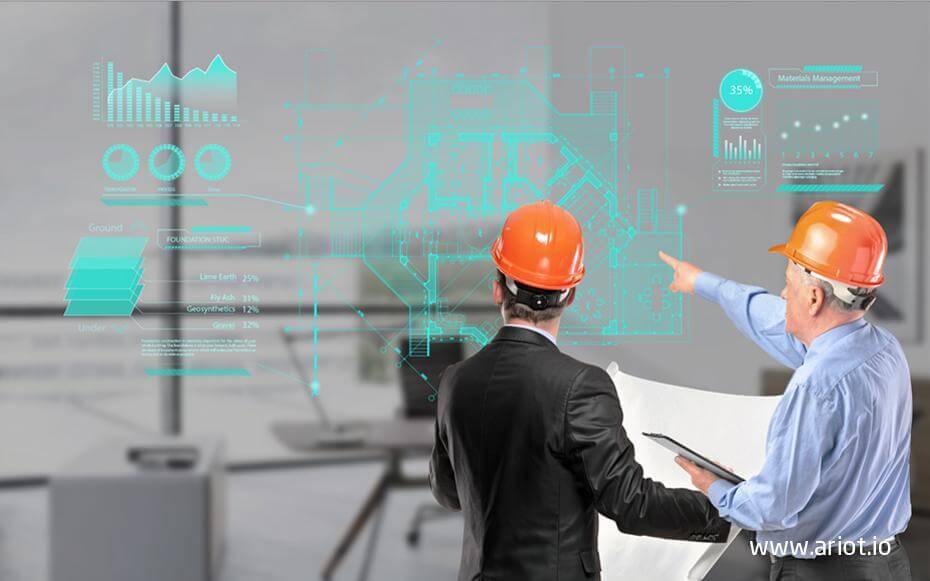
As for public perception, you can bet on the growing number of young workers to change the attitude towards professional-based VR. Millennials are far more welcoming to innovations, and many are eager to find creative use of virtual reality in construction.
With better hardware and software still on the way, the acceptance of VR will only continue to grow, and will extensively impact the construction scene of the future.
About the author: LaptopNinja
